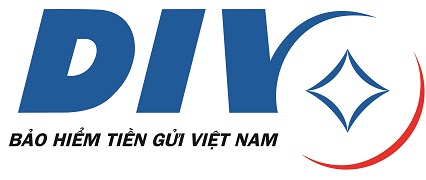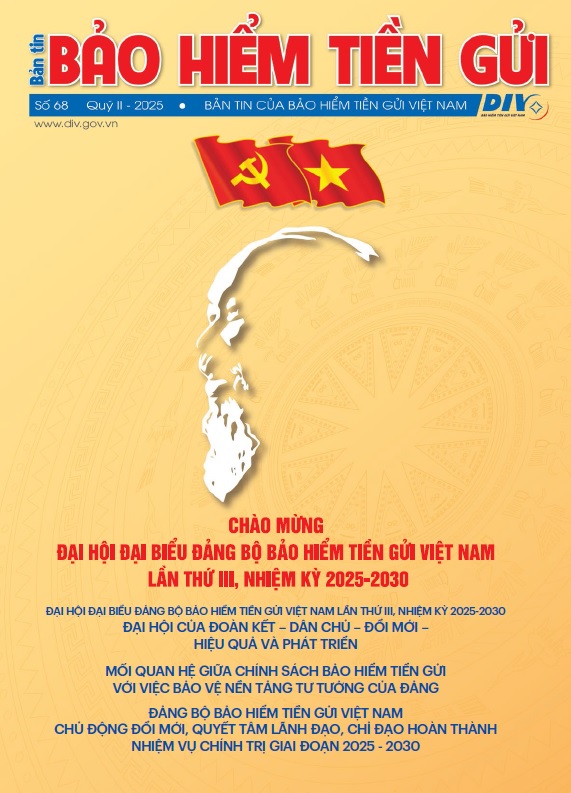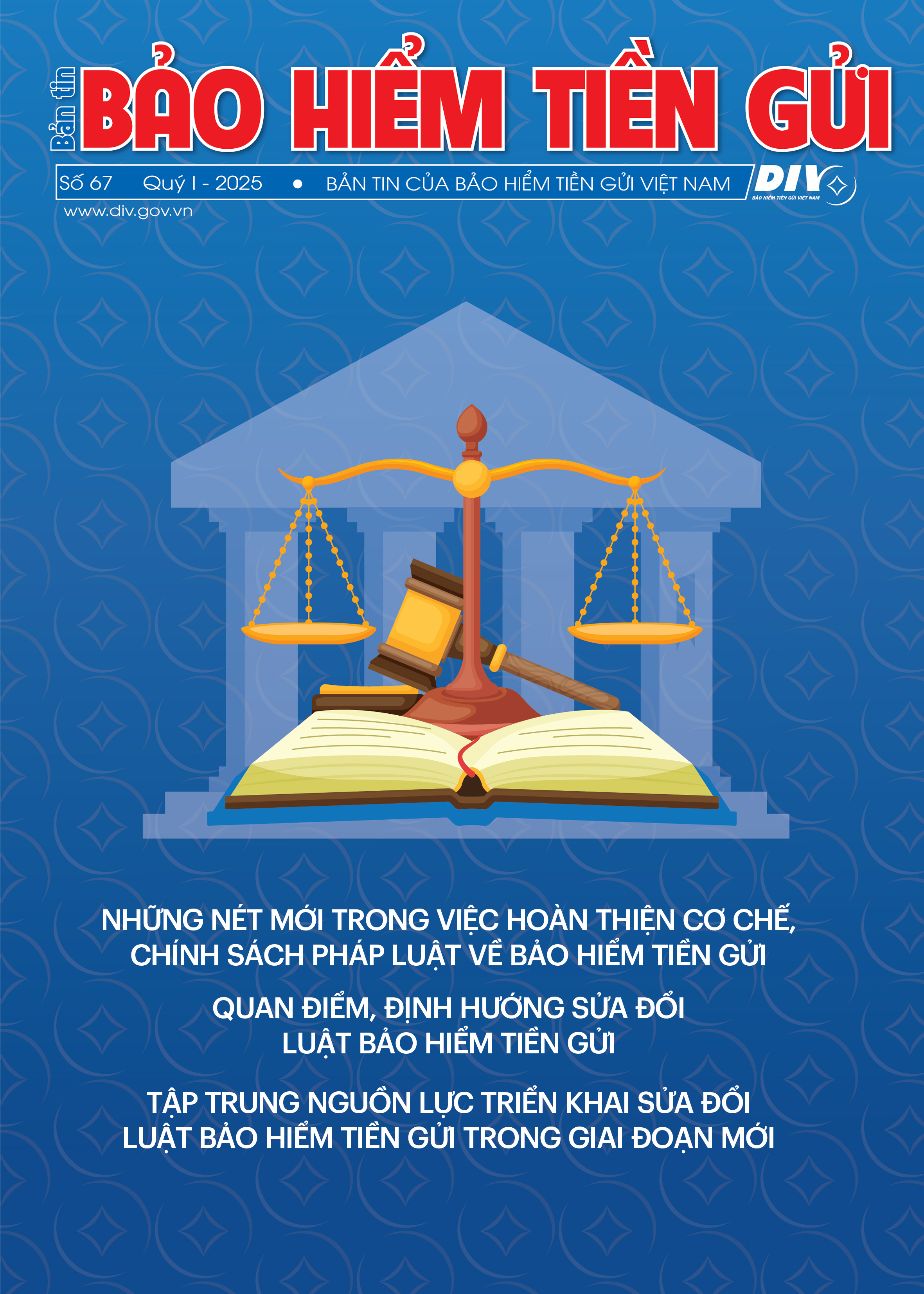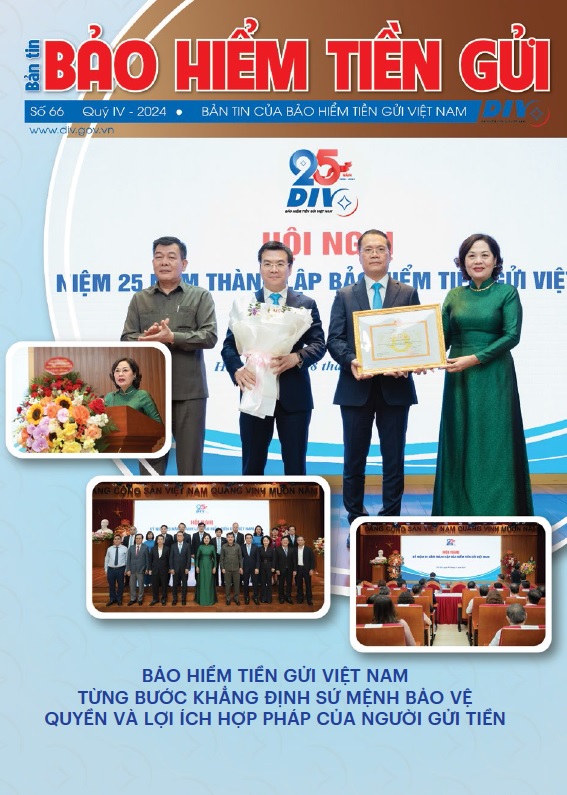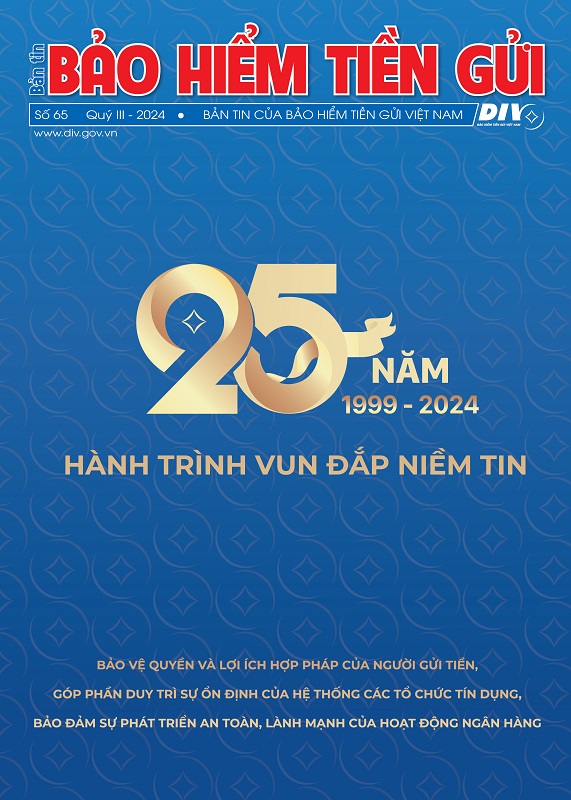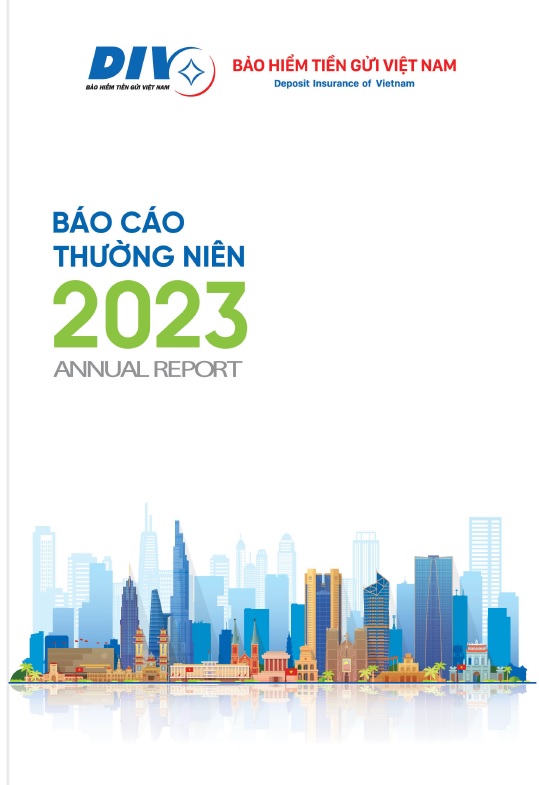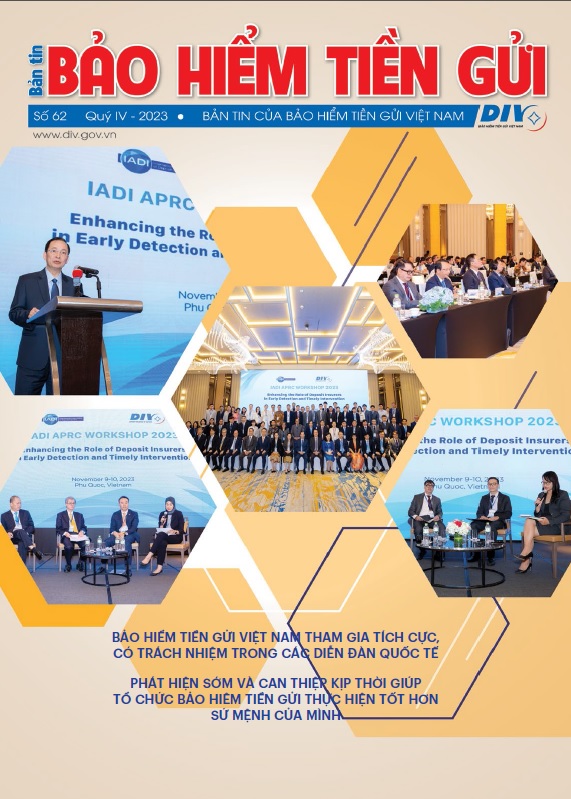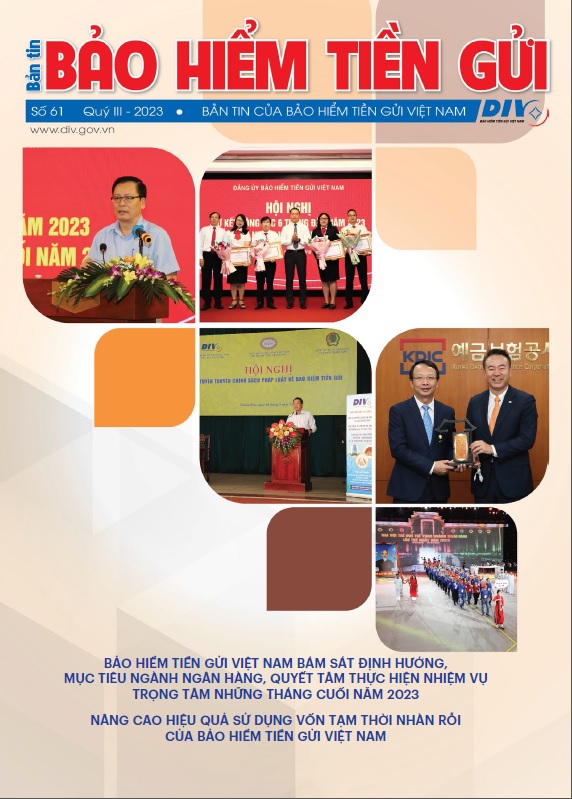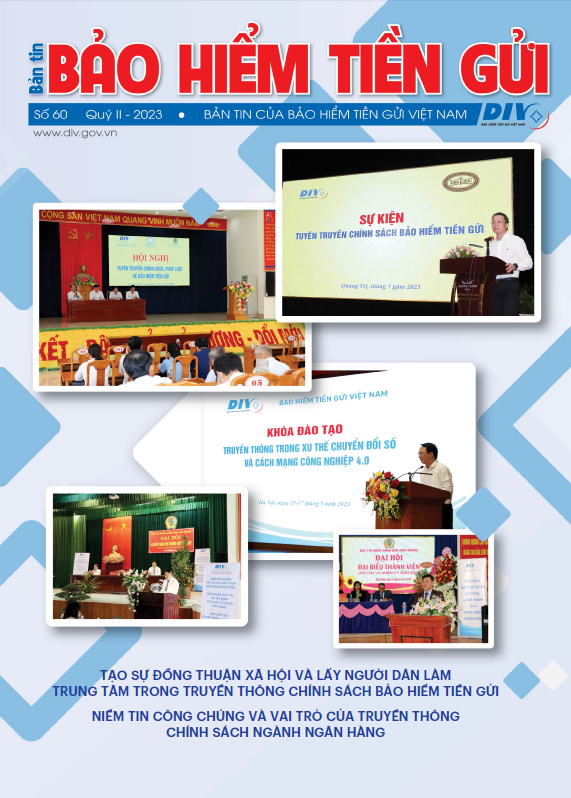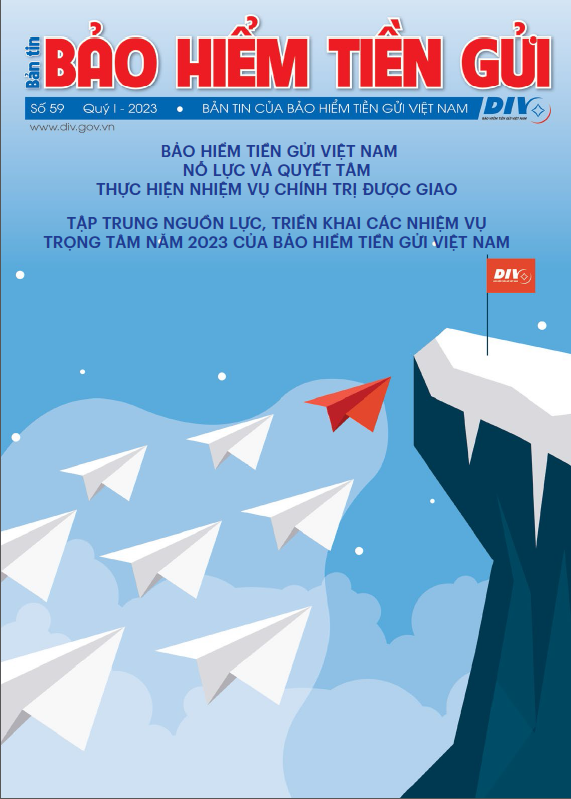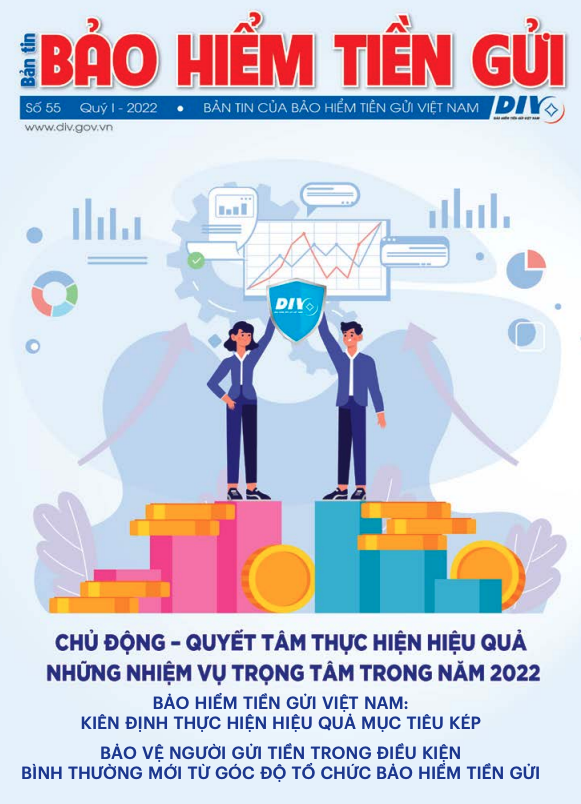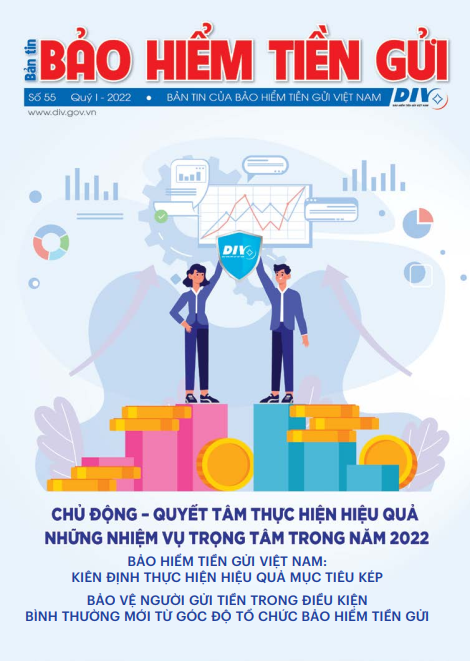Correspondent: Could you please tell us how the Law on DI has contributed to enhancing public confidence in the context that credit institution restructuring, bad debt resolution and bank merger & acquisition (M&A) are being vigorously carried out?
Dr. Cao Si Kiem: The Deposit Insurance of Vietnam (DIV) plays an important role in supervising risks, maintaining the safety of banking activities, protecting depositors’ right and enhancing public confidence in the banking system. In the context that the whole economy and the banking sector are undergoning a lot of changes, the DIV with its tools, operational and organizational model in compliance with international practices, has proactively and effectively met the market’s requirements.
Together with other tools for national financial protection, the promulgation of the Law on DI has contributed to the safety of the financial system by creating a firm legal framework for the DIV to take a more important role in maintaining the stability as well as enhancing public confidence. Previously, people favored investing in property, securities, gold…, now they feel more confident in depositing money with banks. Therefore, the Law on DI helps depositors have faith in banks, so that instability in the financial and banking system can be avoided even in case of bank insolvency, M&A or bank failure.
Correspondent: The DI coverage limit is of great concern to the public. Many think that the current limit is too low. What is your opinion on this issue?
Dr. Cao Si Kiem: As you know, the DI coverage limit significantly affects depositors’ behavior. A low level of coverage limit can erode public confidence in the banking system and cause a bank run in case of a bank problem. Thus, raising the coverage limit can reinforce depositors’ confidence, thereby contributing to boosting the mobilization of idle funds into the banking system for economic development. Therefore, it is necessary to set the coverage limit in accordance with the actual situation as well as depositors’ aspiration.
Currently, considering macroeconomic factors such as: GDP per capita, inflation, exchange rate, public confidence in the financial system, increasing bank risks, increasing number of depositors, rising total deposit balance…, the DI coverage limit of 50 million dongs applied since 2005 is no longer suitable.
Correspondent: What are your recommendations regarding the adjustment of the coverage limit in order to best safeguard depositors and maintain the stability of the financial and banking system?
Dr. Cao Si Kiem: Against the background of economic stagnation, high inflation, ongoing bad debt resolution and banking system restructuring, the adjustment of the coverage limit should be taken into consideration in order to maintain public confidence, thereby creating favourable conditions for the Government to carry out the reforms in the economy generally and in the banking sector particularly.
However, the adjustment of the coverage limit should be based on specific requirements and conditions of the economy and the banking system in each period. In case of a bank failure, the most significant advantage of low coverage limit is the reimbursement of the majority of depositors’ claims, thereby helps avoiding a bank run that could threaten the stability of the banking system as well as the whole economy.
In the coming time, the DIV should make recommendations to relevant agencies on raising the coverage limit in order to match the real situation and to meet the market’s requirements, thus contributes to the enhancement of public confidence in the banking system.
Correspondent: According to the Law on DI, the Prime Minister shall decide the DI premium on the proposal of the State Bank of Vietnam (SBV), based on the assessment and classification of the insured institutions. What is your opinion on the shift from the current flat-rate system to a risk-based premium system?
Dr. Cao Si Kiem: Presently, many countries in the world have applied risk-based premium systems, which reflected the real situation and financial health of DI member institutions. Therefore, the application of a premium frame on the basis of the assessment and classification of the insured institutions in Vietnam totally complies with international standards and practices. This will help the DIV and other supervisory agencies get an overall and accurate picture of credit institutions, and create a healthy competition ground for credit institutions to enhance effectiveness and minimize risks.
However, in order adopt this system, besides criteria for the evaluation and classification of credit institutions according to the regulation of the SBV and international standards, it is necessary to improve the coordination and information sharing mechanism between the DIV and other supervisory agencies such as: the SBV, National Financial Supervisory Commission (NFSS), Ministry of Finance or make use of information sources offered by international credit rating agencies. These would form a solid base to evaluate credit institutions in order to determine a suitable premium rate for each institution.
Correspondent: Thank you very much
Translated by Hai Le
Department of Public Relation
